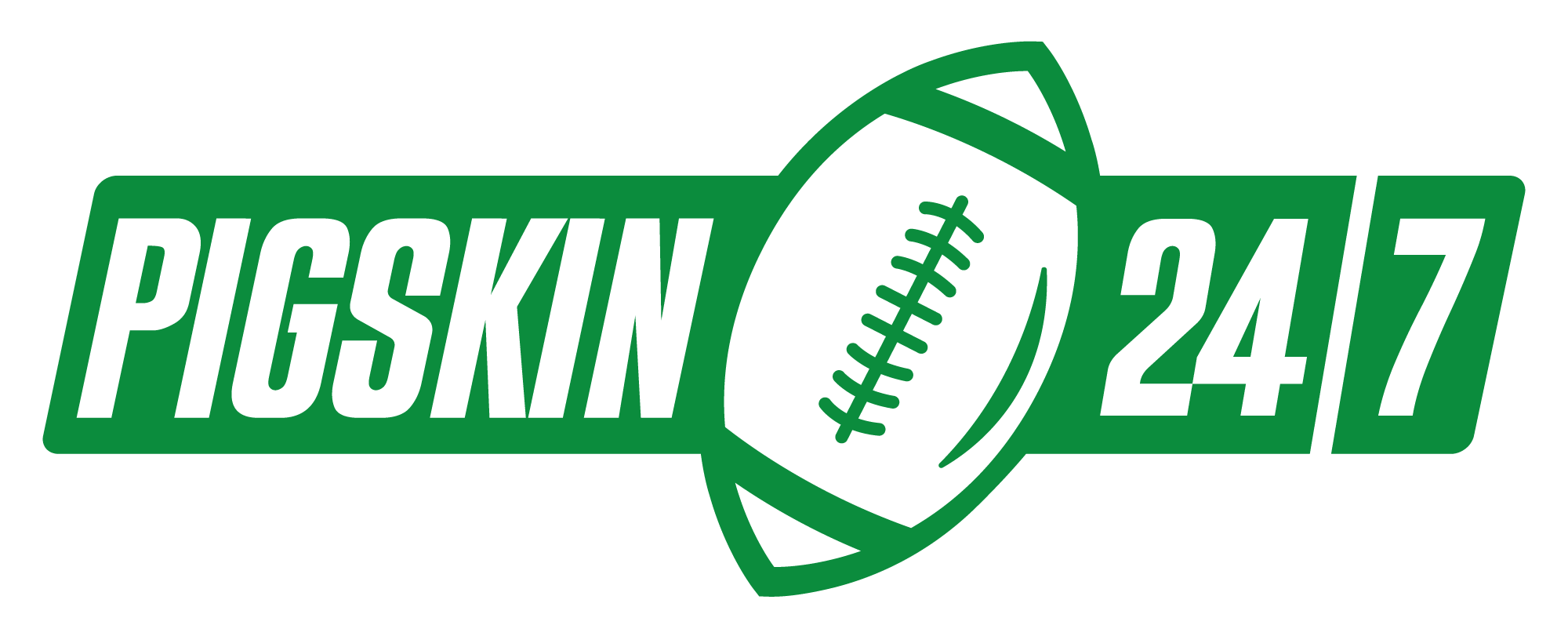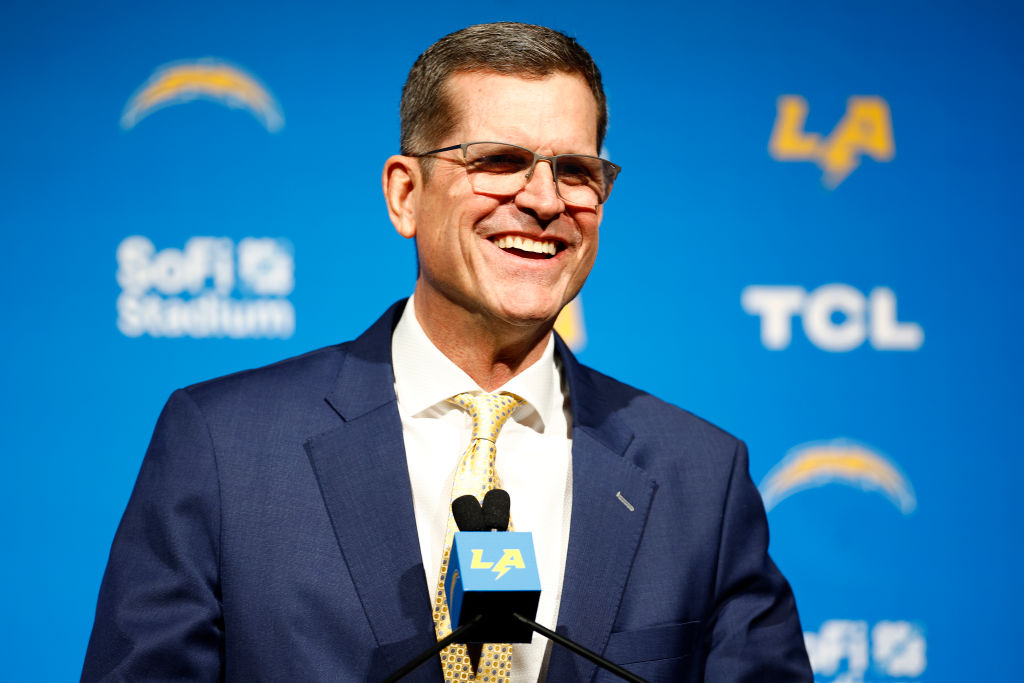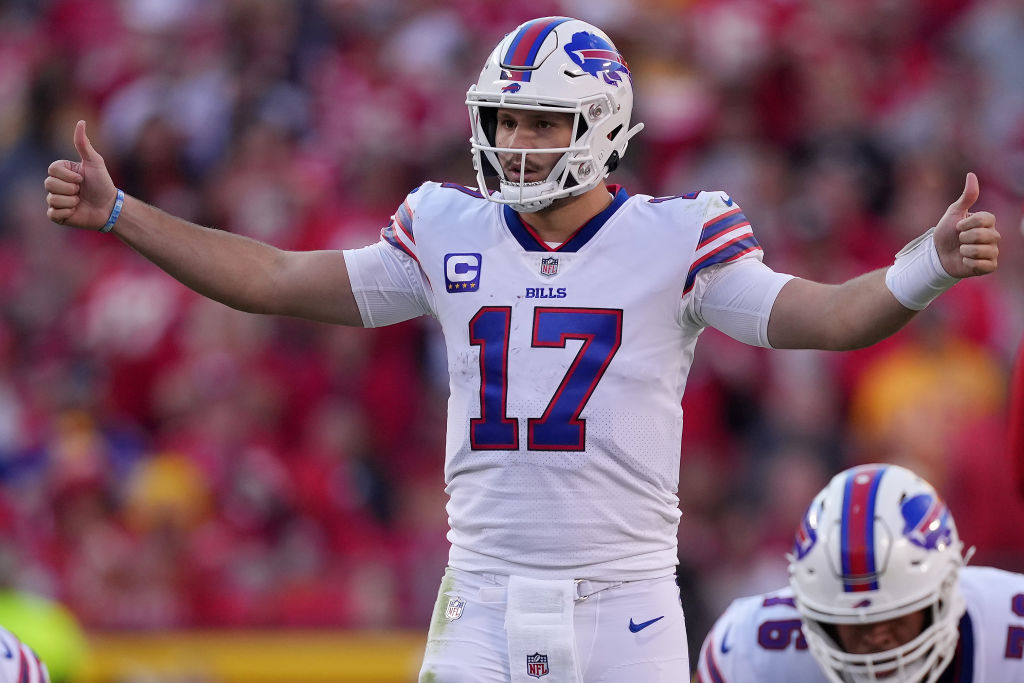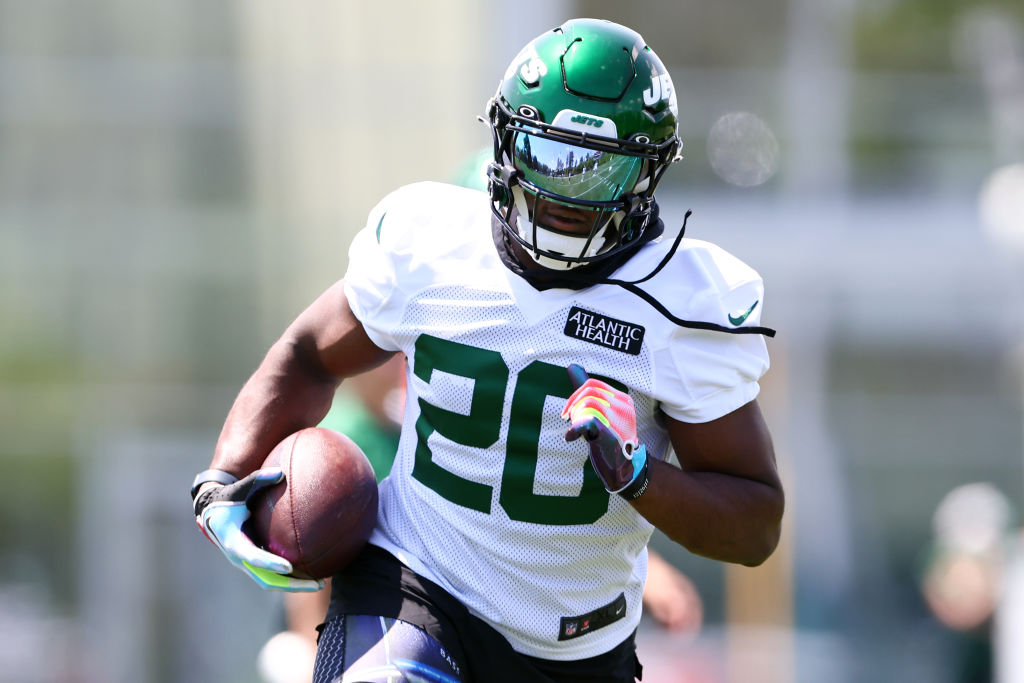In a division where you have to face the Kansas City Chiefs twice a year, as well as the up-and-coming Broncos, you must field a solid team on both sides of the ball. You need to have a balanced offense that can pass, catch, and run the ball. And you need to have a dynamic HC/QB combo.
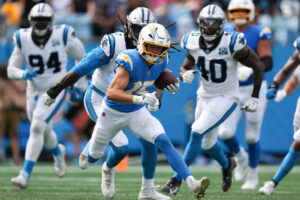
For the most part, the Chargers check off the boxes. They finished last season with 11 wins and a playoff berth. HC Jim Harbaugh took them from only five wins the season before. He did it in many ways, by stripping things down and starting over. Three long-standing pillars of the team were shipped away, with Austin Ekeler, Mike Williams, and Keenan Allen going elsewhere. They were replaced with a new backfield of JK Dobbins and Gus Edwards, as well as rookie WR Ladd McConkey.
There will be more turnover this season, with Edwards and Dobbins both gone. This time, it will be long-standing Steeler, Najee Harris to fill the backfield. He’s been a 1000 rusher in each of his four seasons in the league. But he is not enough. The top need for the Chargers will be in the backfield, with a young and dynamic RB. This is a deep draft at that position.
And, after a one-year hiatus, Harbaugh has brought Williams back into the fold. His last season with the Chargers was marred by injuries, that only saw him play three games. Last year he split time with two teams and had an awful season, only catching 21 balls and 298 yds. He’ll be 31 yrs old in October and there may not be much left in the tank.
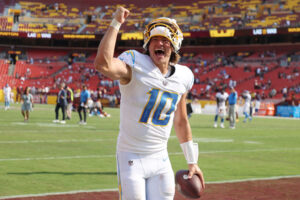
Being reunited with Herbert should help, but his days of catching over 60 passes are over. The most you can expect from him is 40-50 passes. Even with McConkey and third-year receiver Quentin Johnston in the WR room, the team needs more help. At TE, Will Dissly will be in his second year with the Chargers. He caught 50 passes, but more production is needed out of the TE position.
The Chargers draft this season will be all about the offense. The only exception will be to replace Joey Bosa. And with Khalil Mack getting older (age 34), they should spend some draft capital at LB.
While they only gave up 17.7pts, they only scored 23.6pts. If they can turn that 5.9 pt. differential into eight or more pts, they will be even more successful this upcoming season. It will be difficult to improve on that 17.7 figure, but it should be fairly easy to improve on 23.6 pts per game.

They have nine picks in this draft, with three in the sixth round. Their top picks are at no.22, 55, 86, and 125. The first two rounds set up perfectly for them to fill a couple of major needs. Penn St. TE Tyler Warren is projected to go a few picks before them, while Michigan TE Colston Loveland is projected to go a few picks after them. They can trade up for one or trade down for the other. With their second pick, Arizona St. RB Cam Skattebo is the perfect pick. He is projected to go in the 50s, and at no.55 there is no excuse for the Chargers to snag him.
Their no.86 pick is a perfect spot to look for a Bosa replacement. There are a slew of DE/LB types in the third round for them to choose from. They can have their choice of South Carolina’s Kyle Kennard, BC’s Donovan Ezeiruaku, LSU’s Bradyn Swinson, Miami’s Tyler Baron, and Florida’s Princely Umanmeilen. Out of this bunch, I’d lean toward Swinson or Kennard for their size/speed attributes.

The fourth round is where the Chargers will find their WR. There are four huge WRs who would make fantastic targets for Herbert. Arkansas’s Isaac TeSlaa is 6’4, while the other three are 6’3: Ole Miss’s Tre Harris, Tennessee’s Bru McCoy, and Colorado State’s Tory Holton. Of this bunch, go big, or go home…they should take TeSlaa. Aside from his length and long arms, he has some mass at 215 lbs. Aside from being a huge target, he is like greased lightning, running a blistering 4.43 at the combine. He resembles Randy Moss…and whoever gets him is potentially getting a generational player.
